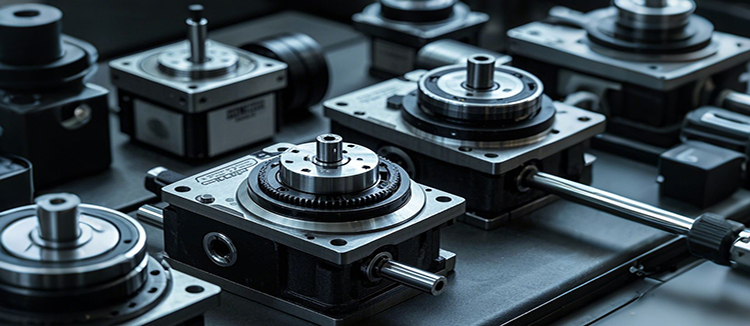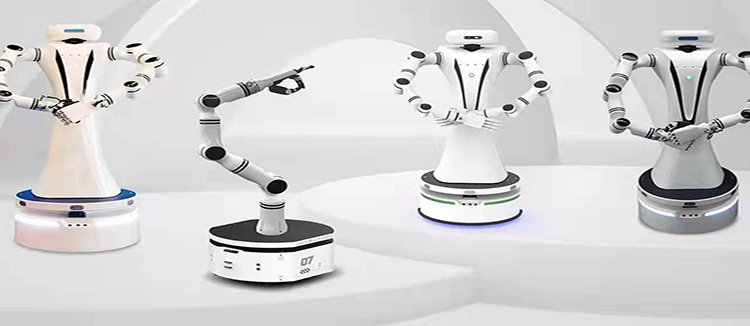Understanding the Precision and Efficiency of Harmonic Drive Systems
When it comes to precision motion control, the name Harmonic Drive is synonymous with high performance and reliability. This advanced technology has been a cornerstone in various industries, from robotics to aerospace, where precision and efficiency are paramount. In this article, we will delve into the intricacies of Harmonic Drive systems, exploring their unique features, applications, and the reasons behind their widespread adoption.

Harmonic Drive systems are a type of gear system that utilizes a unique combination of wave generators, flexspline, and circular splines to achieve high reduction ratios and precise motion control. The name "Harmonic Drive" is derived from the harmonic motion that occurs within the system, which is a result of the elliptical shape of the wave generator's teeth engaging with the flexspline's internal teeth.

One of the key advantages of Harmonic Drive systems is their compact size and lightweight design. Despite their small stature, these systems are capable of delivering high torque and maintaining precise positioning over extended periods. This is particularly beneficial in applications where space is at a premium, such as in satellite deployment mechanisms or in the joints of humanoid robots.
The precision of Harmonic Drive systems is unmatched. They offer a backlash-free operation, which means there is no play or lost motion between the input and output shafts. This characteristic is crucial in applications requiring high accuracy, such as in semiconductor manufacturing equipment or in the positioning of telescopes for astronomical observations.
Another notable feature of Harmonic Drive systems is their efficiency. The system's design minimizes friction and wear, which not only extends the life of the components but also reduces energy consumption. This efficiency is especially important in electric vehicles and renewable energy systems, where energy conservation is a critical factor.
Harmonic Drive systems are also known for their high stiffness, which is essential for maintaining accuracy under heavy loads. This stiffness is achieved through the rigidity of the flexspline and the precision of the elliptical wave generator's teeth. High stiffness ensures that the system can handle the forces exerted during operation without compromising on precision.
One of the most significant applications of Harmonic Drive systems is in robotics. The precision and reliability of these systems make them ideal for use in robotic arms, where precise movement is required for tasks such as assembly, painting, and welding. In addition, the compact size and lightweight design of Harmonic Drive systems make them suitable for use in collaborative robots that work alongside humans.
Aerospace is another industry where Harmonic Drive systems play a crucial role. In satellite systems, Harmonic Drive components are used for precise positioning of solar panels and antennae. In space exploration, these systems are employed in the articulation of robotic arms for sample collection and in the deployment of scientific instruments.
The versatility of Harmonic Drive systems extends to medical devices as well. In surgical robotics, these systems provide the precision needed for delicate procedures, ensuring that movements are controlled and accurate, which is vital for patient safety and surgical outcomes.
In conclusion, Harmonic Drive systems are a testament to engineering excellence, offering a combination of precision, efficiency, and reliability that is unmatched in the field of motion control. Their applications span across various industries, from the most advanced technological feats in space exploration to the intricate movements in surgical robotics. As technology continues to evolve, the demand for Harmonic Drive systems is likely to grow, further solidifying their position as a key component in the future of precision motion control.










